Kids are the future, and the quality of their lives depends on the state of our planet! Although your students may think they are too young to make a change, these timely books about environmentalism say otherwise.
Encourage readers of all ages to get involved in saving the Earth when you share books about climate change and other environmental concerns.
1. The Little Green Hen
by Alison Murray
Interest level: P-1
Share the traditional children’s tale The Little Red Hen retold with a timely environmental lesson. Peacock, Fox and Cat all have jobs to help Little Green Hen prune the apple tree where she lives. When the storms roll in, the rain comes down and the waters rise. What will they do? This story about teamwork teaches kids how climate change impacts the whole community.
2. Sadiq and the Clean Water Crew
by Siman Nuurali
Interest level: 1-3
When Sadiq notices dead fish during his class field trip to the pond, his mind fills with questions. Readers will join Sadiq in understanding the impact of water pollution, as he forms the Clean Water Crew. Show students they can help clean up bodies of water at any age when you share this title.
3. Butterflies Belong Here: A Story of One Idea, Thirty Kids, and A World of Butterflies
by Deborah Hopkinson
Interest level: K-3
Butterflies Belong Here is a powerful story of everyday activism on behalf of the monarch butterfly population. This hopeful book will show students that anyone can aid conservation, no matter their size or age.
4. Greta And The Giants
by Zoë Tucker
Interest level: K-3
Students will jump into action when they read this allegorical picture book about Greta Thunberg and her “school strike for climate.” In this story, Greta is a little girl who lives in a beautiful forest threatened by giants. How will she protect the animals in the forest? Encourage your students to brainstorm creative solutions to environmental problems when you share this story.
5. 2014 People’s Climate March
by Joyce Markovics
Interest level: 2-4
Share a narrative nonfiction book that breaks down the 2014 People’s Climate March for early readers. Students will increase their knowledge of protests when they consult a glossary of important keywords, helpful sidebars and a timeline.
6. Save Your Planet!
by Ben Hoare
Interest level: 3-7
Students may experience some anxiety about the future of our planet and wonder if there’s anything they can do about it. Help your students harness their worries into positive change by sharing Save Your Planet. This book explains the major current environmental issues, why they occur and how they can be resolved.
7. The Morning Tribe
by Julian Lennon and Bart Davis
Interest level: 2-6
Middle grade readers won’t be able to put down this action-packed graphic novel about young Amazonian people protecting the environment. Students will learn how to do their part in saving the Earth’s future and sustaining the human race.
8. We Are All Greta: Be Inspired To Save The World
by Valentina Giannella
Interest level: 4-6
Follow in Greta Thunberg’s footsteps and join the global mission to save our planet from climate change. With in-depth text and data, this necessary and timely book will answer readers’ questions on what climate change means, what the consequences will be and what must be done to protect our world.
9. Climate Change In Infographics
by Renae Gilles
Interest level: 4-8
Middle grade readers will explore large-scale and personal solutions to climate change through colorful easy-to-understand graphics and action-based activities.
10. A Hot Mess: How The Climate Crisis Is Changing Our World
by Jeff Fleischer
Interest level: 6-12
How will climate change effect our lives in the future? Students will explore the effects of climate change on sea levels, extreme weather, drought, animal and plant extinction and human and animal migration. High school readers learn how the world will be different due to climate change and learn what they can still do to slow down these effects.
11. Climate Change
by Char Light
Interest level: 7-12
97% of actively publishing climate scientists agree that human behavior is changing the climate of our planet. Accessible language and engaging photos help students to explore the different perspectives on this complex issue and to consider how climate change should be addressed.
12. Dry
by Neal and Jarrod Shusterman
Interest level: 7-12
Alyssa’s quiet suburban street is now a warzone. Without access to water, she must make seemingly impossible choices so she and her brother can survive. Share this catastrophic water shortage story about what could happen during a lengthy California drought.
How do you use literature to encourage students to take care of the Earth?


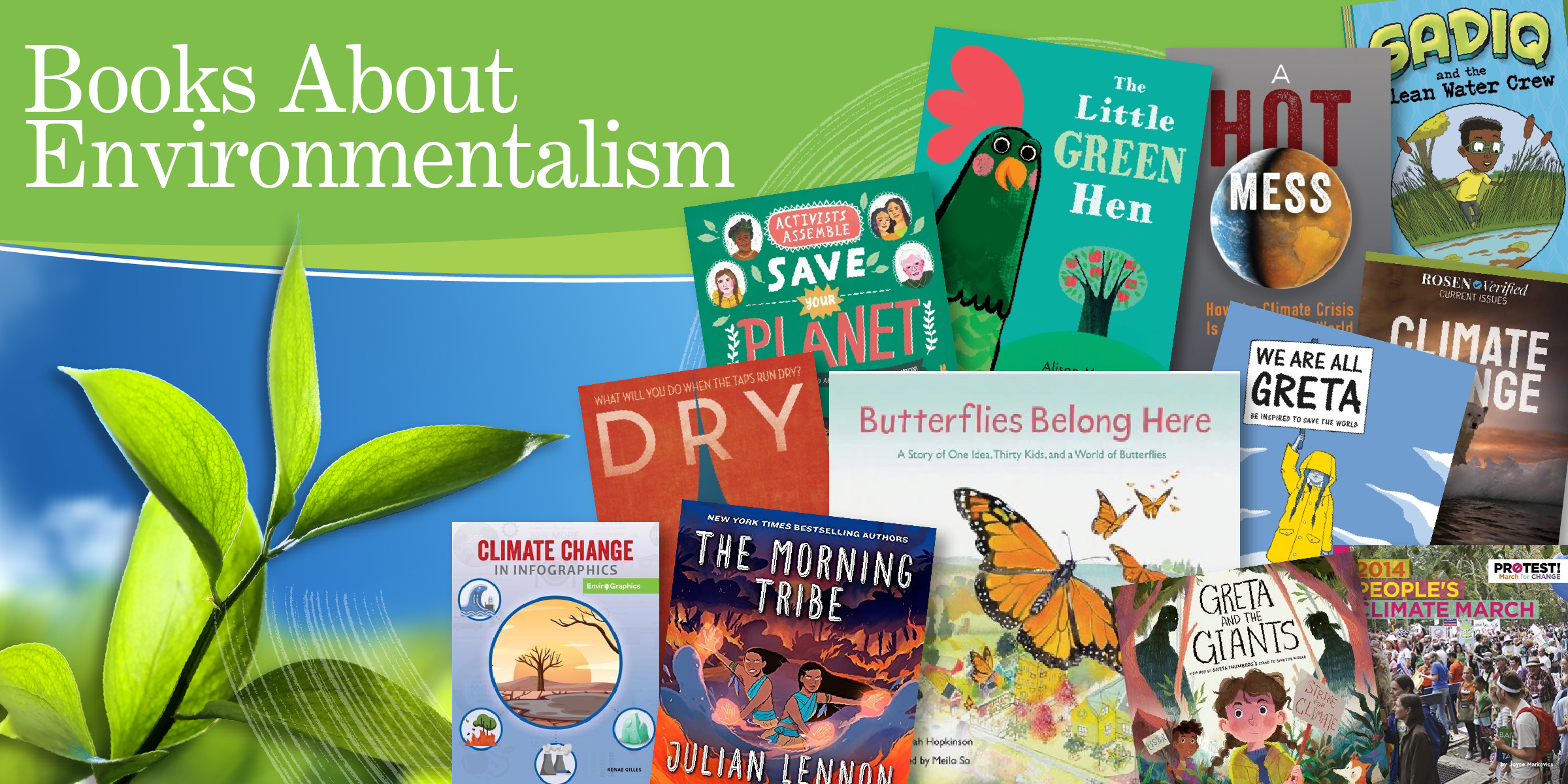
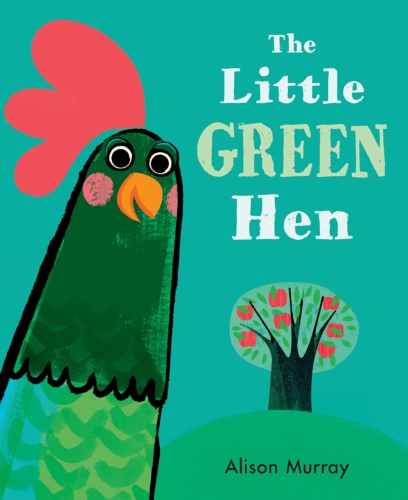
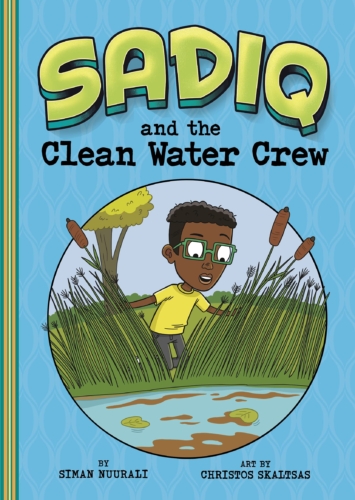

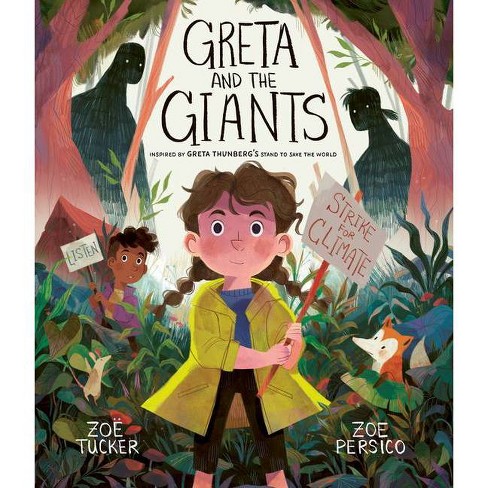
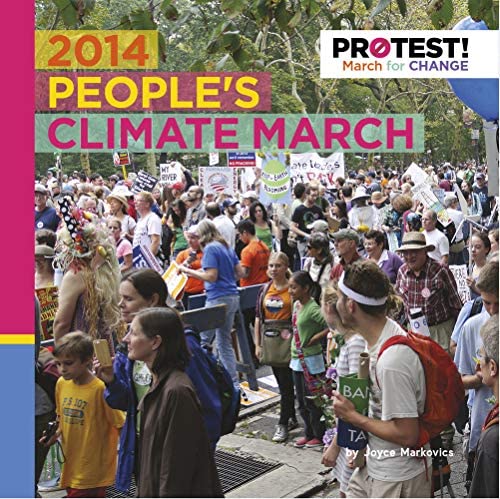
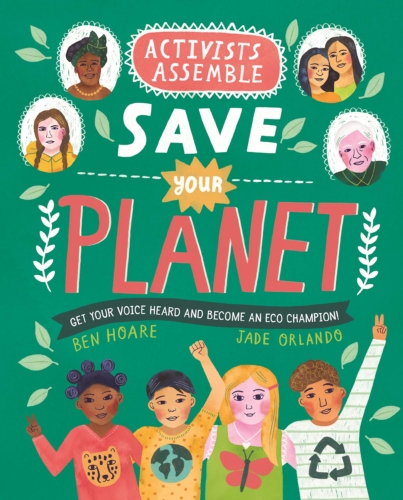
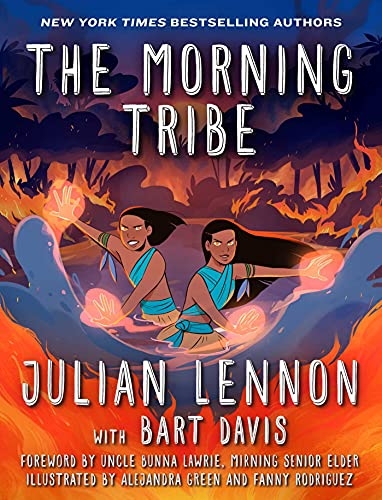
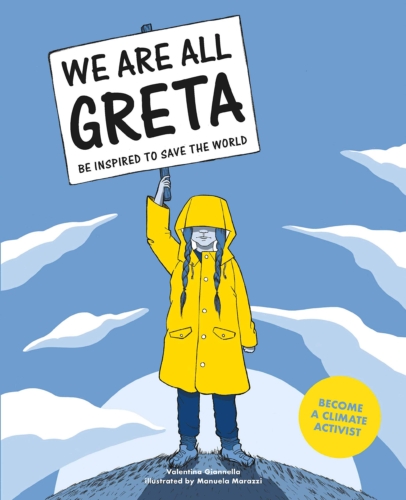
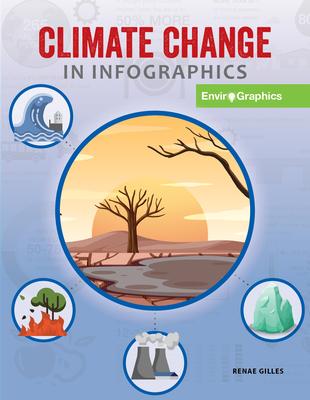
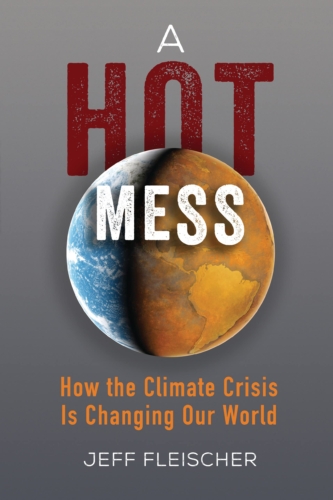

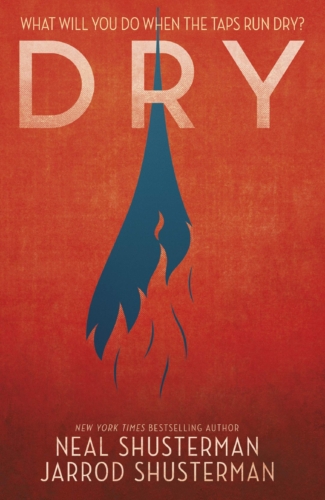
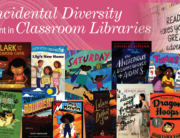
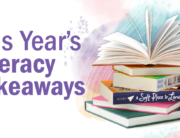

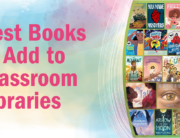
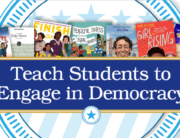
Leave A Comment